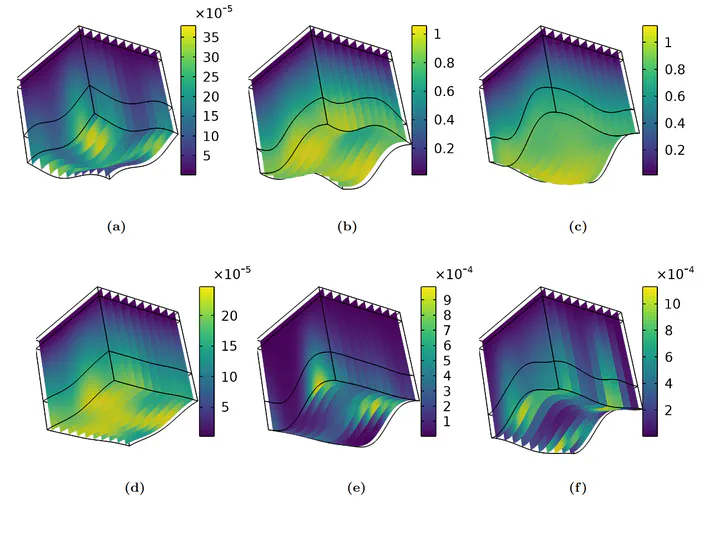From primary HPV infection to carcinoma in situ: a mathematical approach to cervical intraepithelial neoplasia
May 1, 2024·,, ·
1 min read
·
1 min read
Vasiliki Bitsouni
Nikolaos Gialelis
Ioannis G. Stratis
Vasilis Tsilidis
 The shape of the basement membrane alone can alone influence the outcome of HPV infection
The shape of the basement membrane alone can alone influence the outcome of HPV infectionAbstract
Cervical intraepithelial neoplasia (CIN) is the development of abnormal cells on the surface of the cervix, caused by a human papillomavirus (HPV) infection. Although in most of the cases it is resolved by the immune system, a small percentage of people might develop a more serious CIN which, if left untreated, can develop into cervical cancer. Cervical cancer is the fourth most common cancer in women globally, for which the World Health Organization (WHO) recently adopted the Global Strategy for cervical cancer elimination by 2030. With this research topic being more imperative than ever, in this paper, we develop a nonlinear mathematical model describing the CIN progression. The model consists of partial differential equations describing the dynamics of epithelial, dysplastic and immune cells, as well as the dynamics of viral particles. We use our model to explore numerically three important factors of dysplasia progression, namely the geometry of the cervix, the strength of the immune response and the frequency of viral exposure.
Type
Publication
Studies in Applied Mathematics
Click here to view the paper.